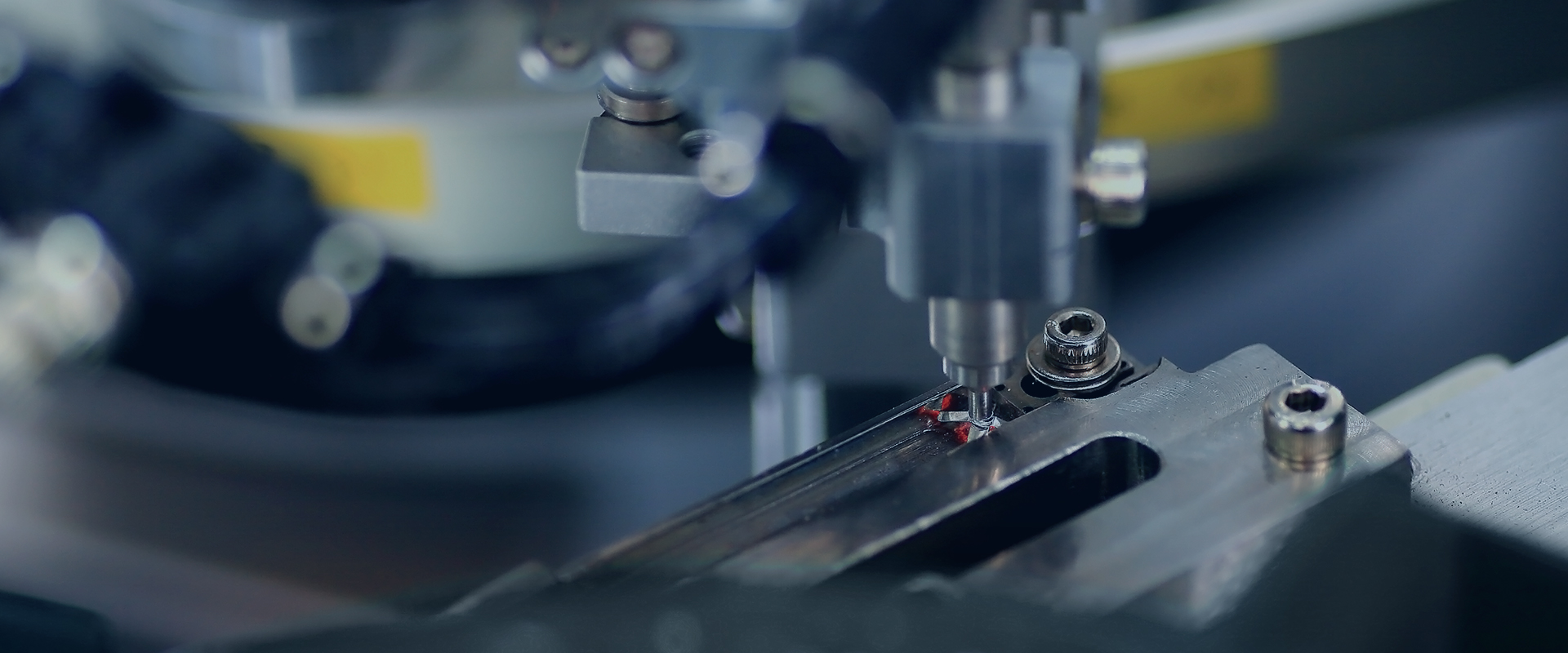In today’s industrial and consumer landscape, thermal management is a critical concern for ensuring the safety, efficiency, and longevity of electrical and mechanical equipment. Among the various thermal protection methods, thermal protectors play a vital role in preventing overheating, reducing energy consumption, and enhancing overall reliability.
Thermal protectors are used in motors, transformers, batteries, power supplies, household appliances, and industrial machinery to prevent thermal damage and system failure. Without them, overheating can lead to severe consequences, including electrical fires, reduced equipment performance, and increased maintenance costs.
1. What is a Thermal Protector?
A thermal protector is a temperature-sensitive safety device that prevents equipment from exceeding safe operating temperatures. It works by interrupting power supply when a predefined temperature is reached, thereby preventing overheating and possible damage.
Types of Thermal Protectors
Thermal protectors come in different forms, depending on their design and application:
Bimetallic Thermal Protectors – These use a bimetallic strip that bends when heated, breaking the electrical circuit at a certain temperature. They are common in electric motors and transformers.
Thermal Cutoff Fuses (TCOs) – These one-time-use protectors break the circuit permanently when exposed to excessive heat, commonly used in batteries and household appliances.
PTC Thermistors (Positive Temperature Coefficient) – These are self-resetting devices that increase resistance with heat, reducing current flow and protecting circuits.
NTC Thermistors (Negative Temperature Coefficient) – These decrease resistance with heat, primarily used for temperature sensing and regulation.
Each type of thermal protector serves a specific role in thermal protection systems, ensuring optimal performance and safety.
2. Why Are Thermal Protectors Essential?
Many electrical and mechanical devices generate heat during operation, and without proper heat management, serious problems can arise. Thermal protectors address these issues by:
Preventing Equipment Failure
Overheating damages insulation, weakens mechanical components, and shortens lifespan.
Thermal protectors automatically shut down devices before critical failure occurs.
Enhancing Safety and Preventing Fires
Uncontrolled overheating can cause electrical fires, explosions, or toxic smoke release.
Thermal protectors prevent hazardous temperature rises, safeguarding people and property.
Reducing Maintenance and Repair Costs
Heat damage leads to frequent repairs and replacements, increasing operational costs.
Thermal protectors reduce wear and tear, extending the life of expensive equipment.
Improving Energy Efficiency
Overheated components consume excess power, leading to higher energy costs.
Thermal protectors ensure optimal operating temperatures, improving efficiency.
Ensuring Compliance with Safety Standards
Many industries require strict thermal protection standards (e.g., UL, IEC, RoHS).
Using certified thermal protectors helps businesses meet safety regulations.
Without thermal protectors, equipment is at risk of unnecessary failures, safety hazards, and increased costs.
3. Applications of Thermal Protectors in Different Industries
Thermal protectors are used across various industries to prevent overheating, protect equipment, and improve operational efficiency.
Industrial Motors and Transformers
Electric motors in pumps, fans, and compressors generate heat during operation.
Transformers in power distribution systems are vulnerable to overheating.
Bimetallic thermal protectors prevent excessive temperature rise, ensuring smooth performance and long lifespan.
Batteries and Power Supplies
Lithium-ion batteries and charging systems are prone to overheating during fast charging.
Thermal cutoff fuses provide an emergency shutdown mechanism, preventing battery fires.
Household and Consumer Appliances
Hairdryers, microwaves, refrigerators, and washing machines rely on thermal protection to prevent overheating.
Self-resetting PTC thermistors regulate temperature automatically, ensuring user safety.
Medical Equipment
MRI machines, laser systems, and ventilators require precise temperature control.
Thermal protection prevents overheating, ensuring accuracy and patient safety.
Automotive and EV Industry
Electric vehicle (EV) batteries, inverters, and charging stations need protection from thermal runaway.
Advanced thermal protectors help maintain stable temperatures and improve safety.
Renewable Energy Systems
Solar inverters, wind turbine motors, and energy storage systems generate heat.
Thermal protectors regulate temperature, improving energy efficiency.
From industrial applications to everyday household appliances, thermal protectors play a vital role in modern technology.
4. How Do Thermal Protectors Work?
Step-by-Step Operation
Temperature Monitoring – The thermal protector senses temperature levels continuously.
Activation on Overheating – If the temperature exceeds a preset limit, the device automatically shuts down the circuit.
Cooling & Reset Mechanism – Some protectors reset automatically when the temperature drops, while others require manual reset.
Restoration of Normal Operation – Once temperatures return to safe levels, the equipment resumes normal function.
This simple but effective process prevents overheating and system failures, ensuring reliable performance.
5. Choosing the Right Thermal Protector
When selecting a thermal protector, consider the following:
Application – Choose a protector suited for motors, transformers, batteries, or electronics.
Temperature Rating – Ensure it matches the expected operating temperature range.
Response Time – Fast-acting protectors prevent damage quickly in critical applications.
Reset Type – Decide between automatic reset or manual reset based on needs.
Regulatory Compliance – Look for certifications such as UL, RoHS, or IEC.
For reliable and high-performance protection, Saftty thermal protectors offer precision control, durability, and compliance with industry standards.
Thermal protectors are a fundamental part of thermal protection, safeguarding equipment from overheating, damage, and hazardous failures. Whether used in electric motors, power supplies, medical devices, or consumer electronics, they enhance safety, efficiency, and longevity.
Investing in high-quality thermal protection solutions helps businesses and consumers:
Prevent costly breakdowns
Improve energy efficiency
Enhance safety and regulatory compliance
Extend the lifespan of equipment
As technology advances, thermal protection will become even more critical in ensuring safe and reliable operations. Don’t wait for overheating issues to arise—implement effective thermal protection today!













 中文
中文 English
English Deutsch
Deutsch Italiano
Italiano 한국어
한국어 にほんご
にほんご


